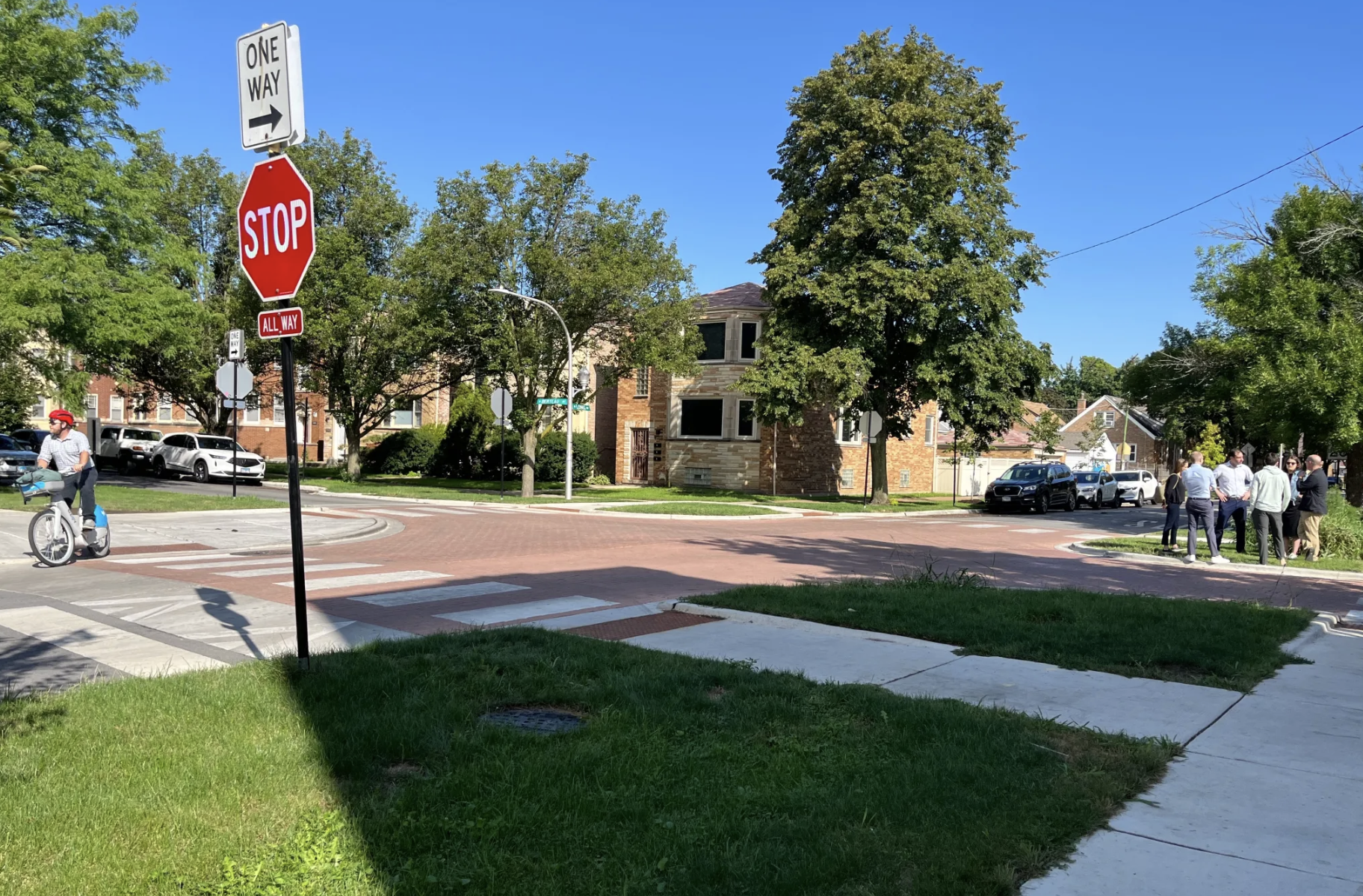
In 2014, 227 people were killed in traffic collisions in Houston. Per capita, that means the city's streets are more than three times as deadly as New York City's.
Despite the toll, there's a culture of acceptance surrounding traffic violence in Houston. Now a group of local advocates are trying to change that.
Houston Tomorrow, a local think tank devoted to urban issues, released a report last week calling for the city to adopt a Vision Zero policy [PDF]. The idea is to bring together various city agencies around the long-term goal of eliminating traffic deaths.
Houston is a city built around driving, but local leaders shouldn't use that as an excuse to accept the loss of life on the city's streets, the report authors say. Other car-centric cities -- like Los Angeles, San Diego, and San Antonio -- have embraced Vision Zero strategies and are working toward safer streets in a systemic way.
"We’re trying to make everyone understand that Houston has grown numb to -- in the whole region – three people dying every two days," said Houston Tomorrow's Jay Crossley. "The news doesn’t report traffic deaths anymore. It’s not even a news item that another family member died today in a car."
"This is a moral issue. This is people’s family members," he said. "We know there are things that we could do and we could change policies that could make a difference."
Former mayor Annise Parker issued a complete streets ordinance by executive order late in her term, but stopped short of endorsing a Vision Zero strategy before the end of her term. Mayor Sylvester Turner took office at the beginning of January.
Houston Tomorrow is calling on Turner to establish a Vision Zero action plan within 60 to 90 days.
Here are some of the steps Houston Tomorrow wants to see the city take to save lives:
- Enact a ban on hand held devices while driving
- Develop a department of transportation
- Complete the city's sidewalk network within a decade
- Develop a strategy to reduce driving miles per capita
- Lower the default speed limit to 25 miles per hour
- Build a system of neighborhood greenways that reach 85 percent of the city's homes by 2024 (supported by a bond measure)
- Develop data-driven citywide traffic enforcement strategy
- Increased enforcement of speeding, red-light running, DUIs and failing to yield to pedestrians
- Adjust zoning policies to support transit oriented development
- Replace minimum parking requirements with parking management strategies
- Install traffic calming measures on neighborhood streets





